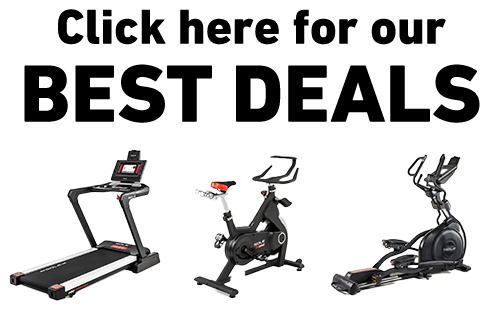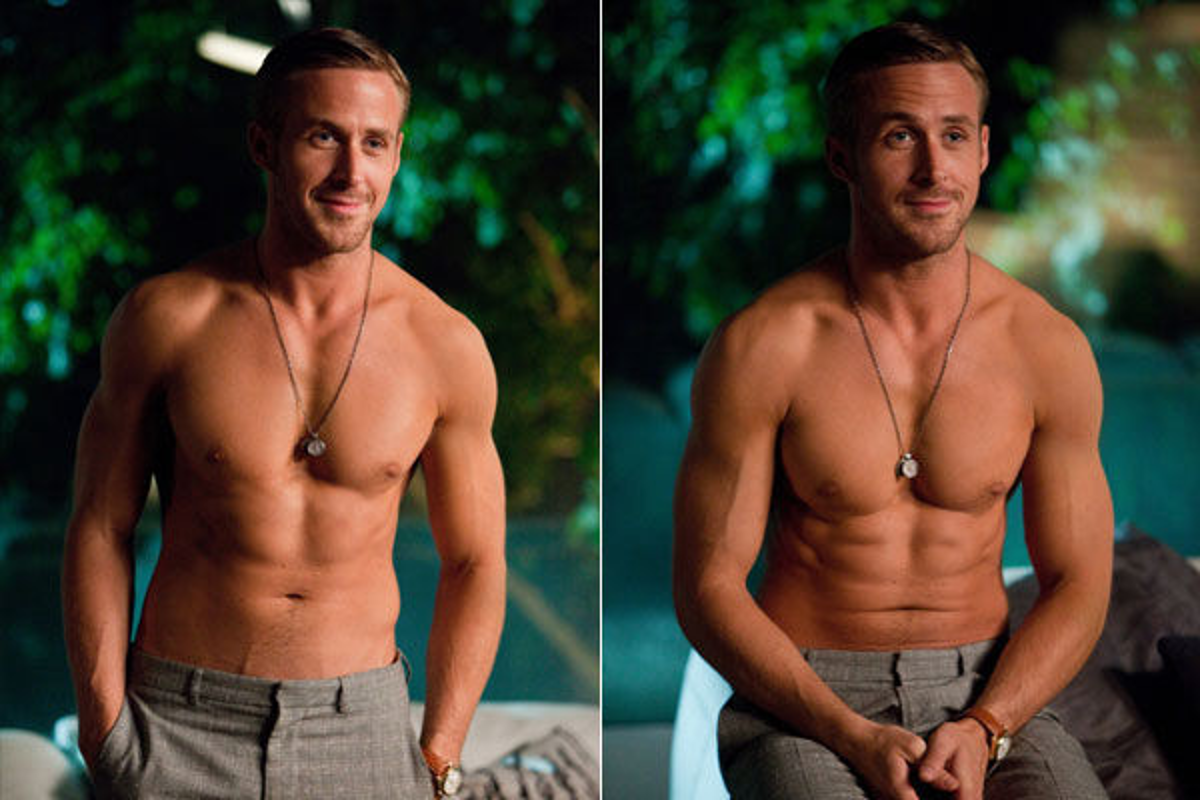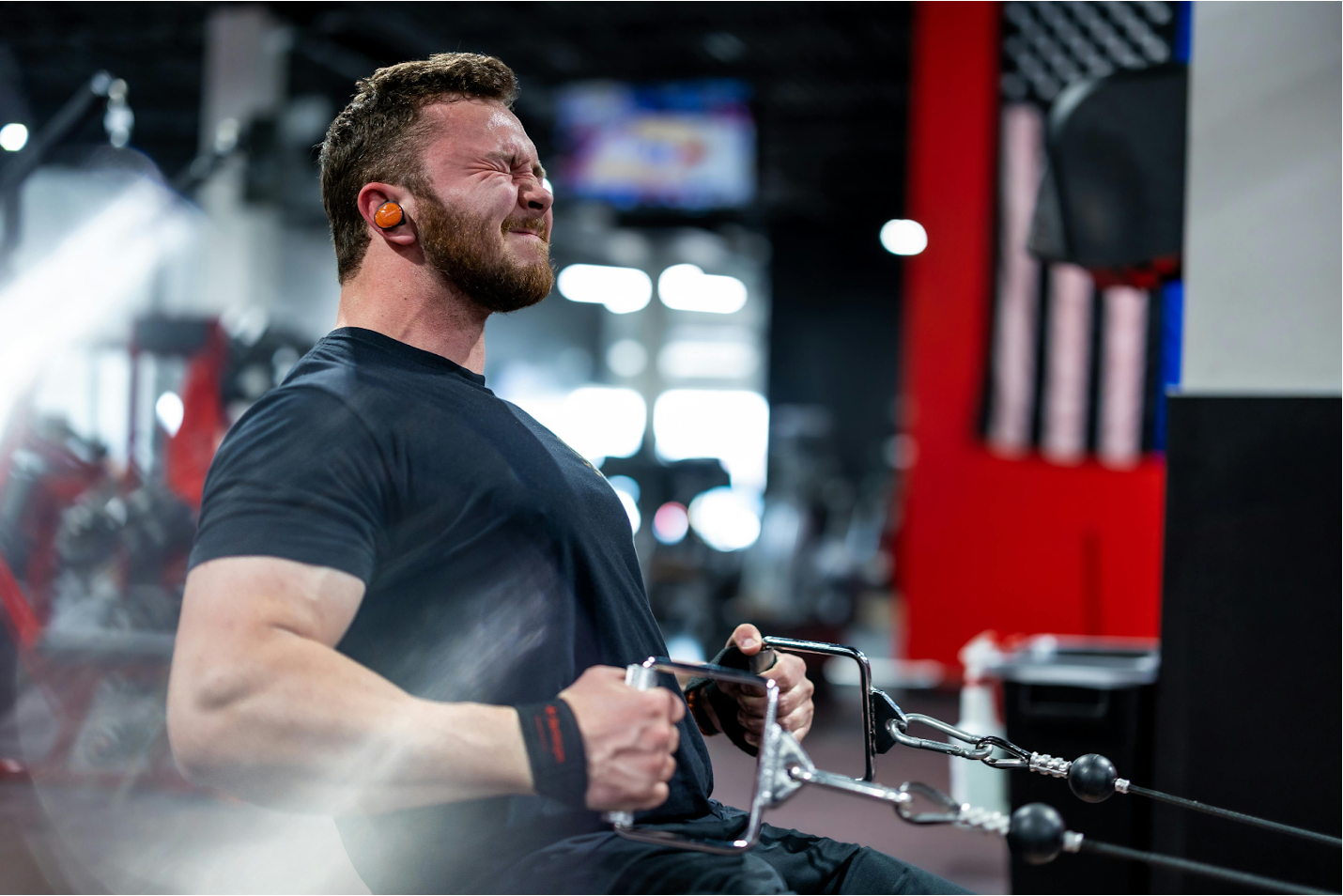Key Takeaways
- Ryan Gosling gained 15 pounds of muscle in 16 weeks while learning real stunt skills for The Fall Guy.
- His training combined 5 days of weights, 3 days of stunt work, and 6 days of morning cardio each week.
- He ate six protein-rich meals daily with strategic carb cycling to fuel intense workouts while staying lean.
- Recovery was non-negotiable with dedicated rest days, 7–8 hours of sleep, and regular massage therapy.
- SOLE's versatile equipment, from Olympic barbells for compound strength to adjustable dumbbells for explosive functional work, provides everything needed to replicate Ryan Gosling's training.
Ryan Gosling's Fall Guy Body
Ryan Gosling didn't just get jacked for The Fall Guy, he built a body that could actually do stunts. We're talking 16 weeks of serious work that added 15 pounds of muscle while keeping him lean enough to look good on camera.
The transformation happened under the guidance of Don Saladino, the same coach who gets Ryan Reynolds and Sebastian Stan in superhero shape.
But here's what made this different: Gosling wasn't just lifting weights in a gym. He learned real stunt work—falls, fights, wire work, the whole deal. The goal was to create a physique that looked like it came from years of physical labor, not just gym sessions. His body needed to be functional first, aesthetic second.
|
At SOLE, we're proud to offer the best exercise equipment for your home or gym. Our machines are built to meet the highest quality and performance standards, making them perfect for fitness enthusiasts at any level. SOLE Products
|
How Ryan Gosling Trained
Gosling's workout plan had four main parts that worked together like a machine. Each component played a specific role in building both the look and the performance capabilities he needed for the role.
1. Weight Training (5 Days a Week)
He lifted weights five days a week, but not the way most guys do at the gym. Instead of maxing out with heavy weights to impress people, he used moderate weight for 8–15 reps per set. Why? Because stuntmen need muscles that work all day long during filming, not just for one heavy lift that looks cool on Instagram.
Each workout took about 60–75 minutes from start to finish. He'd begin with big compound lifts like squats and bench press to build overall strength, then move to smaller isolation exercises for specific muscles. The twist that made it special? He added explosive moves that matched what he'd do in stunts such as jump squats, medicine ball throws, and plyometric push-ups.
2. Actual Stunt Training (3 Days a Week)
This is where it got real and separated his training from typical Hollywood transformations. Three times a week, Gosling worked directly with the movie's professional stunt team. He learned how to fall without getting hurt, basic fight choreography that looked believable on camera, and wire work fundamentals.
The stunt coordinator later said Ryan didn't just go through the motions like some actors do. He really wanted to understand how stunt performers think and move, which showed in both his physique and his on-screen performance. This training did double duty: it prepped him for specific movie scenes and gave him a killer functional workout at the same time.
3. Morning Cardio (6 Days a Week)
Gosling started almost every day with 30–45 minutes of cardio before eating anything. Some days he'd just walk on an incline treadmill at a steady pace, which sounds easy but burns serious calories. Other days he'd do sprint intervals or push a weighted sled around until his legs screamed for mercy.
When location and weather allowed, he ran outside instead of using gym equipment. He liked how uneven ground and natural hills made it harder than a perfectly flat treadmill. The HIIT days were absolutely brutal—sprints, battle ropes, sled pushes, whatever got his heart rate through the roof and improved his recovery between takes.
4. Recovery Days That Actually Mattered
Gosling took recovery as seriously as training. One day completely off from all exercise, one day of light activity like swimming or yoga to keep moving without stress. He also got regular deep tissue massages and aimed for 7–8 hours of quality sleep every single night.
Without proper recovery, the whole thing falls apart faster than a house of cards. You can't train this hard six days a week without giving your body time to rebuild stronger than before.
Ryan Gosling's Weekly Workout Split
Monday: Chest & Triceps
He'd start the week with an incline bench press for 4 sets of 8–10 reps to build that upper chest pop. Then came weighted dips for 3 sets of 10–12 reps, cable flyes for 3 sets of 12–15, and the fun part, explosive medicine ball chest throws and plyometric push-ups.
These explosive moves build the kind of fast-twitch power you need for action scenes where every movement needs to be quick and powerful.
The workout finished with focused tricep work and core exercises that emphasized rotational strength. Everything a stuntman needs to throw convincing punches and absorb impacts safely during fight scenes.
Tuesday: Back & Biceps
Back day meant deadlifts first thing, 5 sets of 6–8 reps to build that posterior chain power. Then weighted pull-ups for 4 sets of 8–10, single-arm dumbbell rows for 3 sets of 10–12 per side, and face pulls for shoulder health. But here's the smart part that most people miss: he always finished with serious grip work like farmer's carries and towel pull-ups.
Why the grip focus? Because if you're doing wire work or climbing stunts, your grip better not fail you when you're 20 feet in the air. The forearm pump from these sessions was absolutely brutal but necessary for the role.
Wednesday: Legs & Core
Leg day was no joke and probably the hardest session of the week. Back squats for 4 sets at 8–10 reps started things off, followed by Bulgarian split squats for 3 sets of 10–12 per leg. Then came walking lunges for 3 sets of 20 steps and explosive box jumps for 4 sets of 8 to build that spring-loaded power.
Core work focused heavily on anti-rotation moves like Pallof presses and woodchoppers. When you're doing stunts and taking hits from different angles, you need a core that keeps you stable and protects your spine, not just one that looks good with your shirt off.
Thursday: Shoulders & Arms
Military press kicked things off with 4 sets of 8–10 reps for overall shoulder development. Then lateral raises for 3 sets of 12–15, face pulls again for 3 sets of 15, and upright rows for 3 sets of 12.
Standard shoulder stuff so far, but with a twist, he'd do handstand holds against a wall and catch medicine balls thrown from different angles. This taught his shoulders to handle impacts safely, which is crucial when you're taking stage falls all day.
Arms got hit with supersets at the end to save time and create a massive pump. Nothing fancy or complicated, just effective basics that built the kind of arms that look good in a t-shirt.
Friday: Full-Body Functional Training
Friday was completely different from the rest of the week. No traditional body part splits, just pure functional movements that challenged everything at once.
He'd do circuits with kettlebell swings for 20 reps, burpee pull-ups for 10, medicine ball slams for 15, and farmer's carries for 40 yards. Five rounds with barely any rest between exercises, just enough time to catch your breath before the next round of torture.
This built the kind of total-body conditioning you need to do physical scenes over and over without looking gassed on camera. It's one thing to be strong for a single take, but movies require multiple takes from different angles.
Weekend: Active Recovery
Saturday was 90 minutes of yoga focused on mobility and flexibility, plus some light stunt technique practice to keep skills sharp. Sunday was completely off except for easy walking and maybe a professional massage to work out the knots from a brutal week. Non-negotiable according to his coaches, who knew that skipping recovery would lead to burnout or injury.
The Diet That Fueled Everything
Gosling needed steady energy for morning cardio, afternoon weights, and evening stunt practice without crashing halfway through. The nutrition plan was designed for performance first, with aesthetics as a natural byproduct.
The Basic Setup
- Protein: About 1.2 grams per pound of body weight daily to support muscle growth and recovery
- Carbs: Higher amounts on training days for energy, lower on rest days to stay lean
- Water: Over a gallon every day to stay hydrated through all that sweating
- Timing: Meals every 2.5–3 hours to maintain stable blood sugar and energy
Build Your Own Action Hero Body with SOLE
Inspired by Gosling's Fall Guy transformation? SOLE's equipment lineup gives you everything needed for this type of functional, high-performance training.
The SW111 Olympic Barbell handles all those compound lifts that formed the foundation of his strength—deadlifts, squats, military presses, with commercial-grade quality that won't let you down during intense training phases. Its 194,000 PSI tensile strength is perfect for progressive overload without worrying about equipment failure.
For the explosive movements and functional training that separated Gosling's workout from typical bodybuilding, the SW180 and the SW155 adjustable dumbbells are essential. From weighted carries that build grip strength for "stunt work" to single-arm rows and explosive presses, you get multiple weight options without cluttering your space. The quick-adjust system means you can seamlessly move through circuit training like his Friday full-body sessions.
Don't overlook cardio, those 6 days of morning cardio were crucial to his lean gains. SOLE's treadmills like the F63, F80, F85, F89, TT8, and ST90 feature powerful motors for sprint intervals and the Cushion Flex Whisper Deck that reduces joint impact by 40%. These features are essential when you're doing high-volume cardio alongside heavy strength training. The incline capability perfectly replicates his uphill walking sessions.
The SOLE+ app ties it all together with guided workouts that emphasize functional movements and proper recovery, key elements that made Gosling's transformation sustainable.
Frequently Asked Questions (FAQ)
How long did Ryan Gosling train for The Fall Guy?
He did 16 weeks of intense, focused training for the role, but actually started preparing about 5–6 months before filming began. The first couple months built a foundation of basic strength and mobility before the serious transformation work began. This longer timeline prevented injuries and made the intense phase more effective.
Did Ryan Gosling do all his own stunts?
Gosling performed approximately 60–70% of his stunts in the movie, which is way more than most actors attempt. The really dangerous stuff like high falls and complex wire work went to the professional stunt team, but his training let him do way more than originally planned in the script. This authenticity shows on screen and made the character more believable.
Can women follow Ryan Gosling's Fall Guy workout routine?
Absolutely, the principles work for anyone regardless of gender. Women might adjust the volume or weight based on individual goals and recovery capacity, but the focus on functional movement and performance goals fits perfectly. Many female stunt performers train with similar methods and achieve incredible results.
Did Ryan Gosling do keto or fasting?
Nope, he ate six balanced meals a day with plenty of quality carbs on training days. His team used strategic carb cycling, more carbs when training hard, fewer on rest days, but never eliminated them completely. No extreme diets or fasting protocols, just consistent clean eating that supported performance and recovery. The goal was sustainable energy, not quick fixes that would compromise his training.
Can I really replicate Ryan Gosling's Fall Guy training with SOLE home equipment?
Absolutely! The SW111 Olympic Barbell covers all his heavy compound work (squats, deadlifts, presses), while the SW180 Adjustable Dumbbells handle everything from farmer's carries to explosive movements.
For his brutal morning cardio sessions, any SOLE treadmill crushes it. The functional stuff? That's where SOLE equipment really shines. Use the adjustable dumbbells for medicine ball substitutes (explosive presses and throws), the SW116 Weight Bench for box jumps and step-ups, and create circuits that challenge your whole body. The SRVO All-in-One Trainer can even replicate some of the cable work for rotational core exercises.




Leave a comment
This site is protected by hCaptcha and the hCaptcha Privacy Policy and Terms of Service apply.